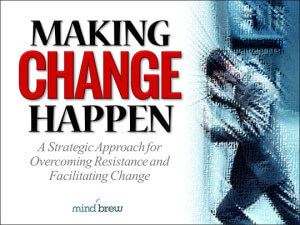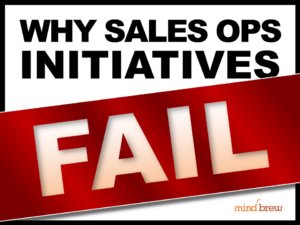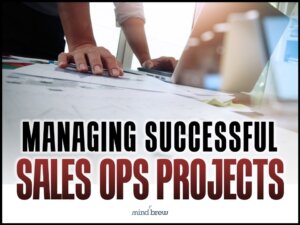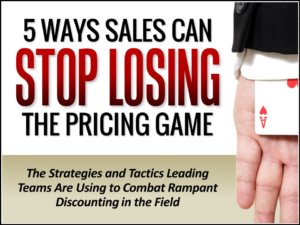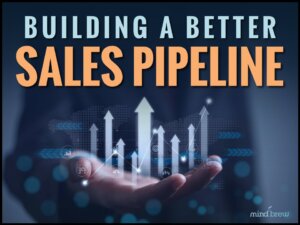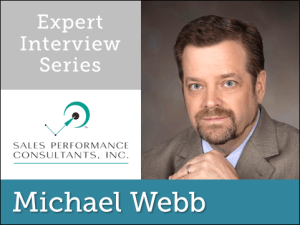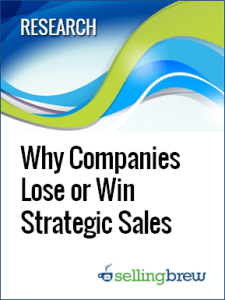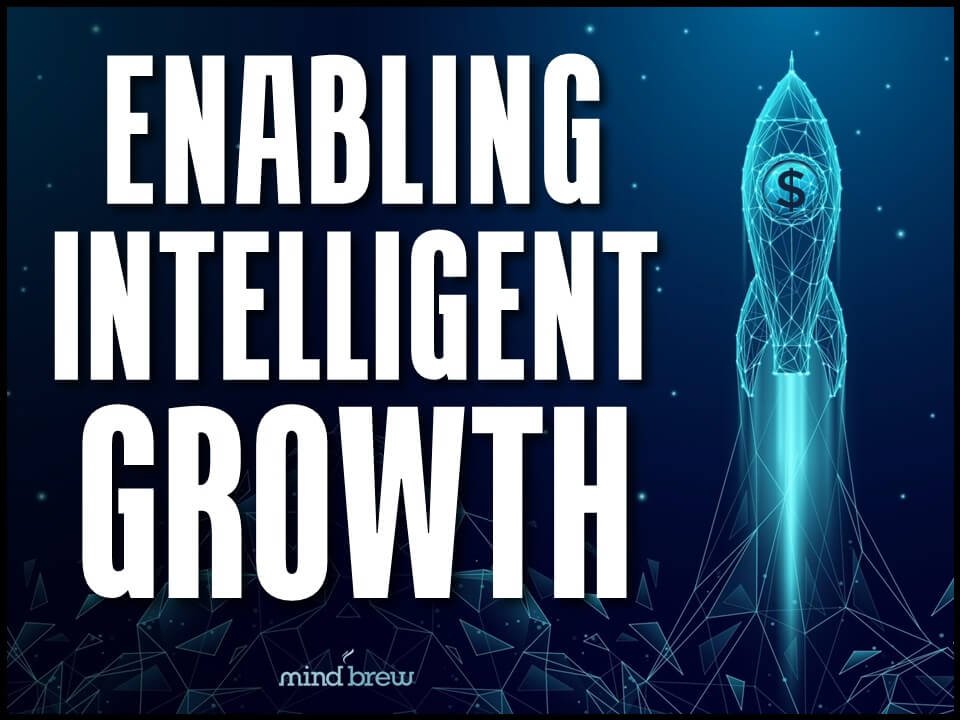When seeking to improve a company’s sales performance, it’s easy to become fixated on the solution that delivers the maximum benefits. After all, why would you do anything else? The equations are clear and the math is straightforward, right?
If you pursue Solution A, you’ll produce X benefit. On the other hand, if you implement Solution B, you’ll generate 2X benefit. So, of course, you’ll want to focus on Solution B. That’s the most logical conclusion, yes?
Well…no…not exactly.
You see, the equation isn’t as simple as “this solution equals this benefit.” In the real world, there’s another major variable that is often underestimated or overlooked altogether.
Let’s call it the “R” factor.
Whenever you’re looking to change the status quo, you’re going to encounter resistance. Not only are the human beings in your organization biologically wired to resist change; all of the existing systems, processes, policies, and procedures in your operation have been purposely designed to resist change.
Far from being futile, this multi-level resistance can significantly increase the amount of time and effort required to bring an improvement initiative to fruition, while at the same time lowering the overall benefit realization. And worse case, organizational and operational resistance can even lead to an improvement initiative being shelved or scrapped entirely.
So how do you keep the “R” factor from blowing up your improvement equations? How do you lower the resistance that can slow or even derail your efforts? There are several strategies that can help, including:
- Seeking a Series of Smaller Changes: Big bang changes can be overwhelming, sparking significant resistance. Breaking down the change into smaller, manageable pieces can help individuals and teams adjust more gradually. This approach allows for easier adaptation and reduces the fear and anxiety associated with significant shifts.
- Aligning with Existing Processes, Systems, and Habits: Whenever possible, integrate new changes into the existing framework of how things are done. People are more likely to accept change if it doesn’t require a complete overhaul of their daily routines. Leveraging familiar processes and systems can ease the transition, making the new changes feel less intrusive and more like a natural evolution.
- Involving Stakeholders Early: One of the most effective ways to reduce resistance is to involve those affected by the change in the planning stages of an initiative. When stakeholders have a say in the change, they’re more likely to feel a sense of ownership and commitment. Early involvement helps identify potential resistance points and allows for the design of more acceptable and effective approaches.
- Communicating Openly and Frequently: Fear of the unknown fuels resistance. Transparent communication about the reasons for the change, the benefits it aims to achieve, and the steps involved in the process can alleviate uncertainty. Keeping communication channels open allows for addressing concerns and feedback promptly, further reducing resistance.
While there’s actually quite a bit you can do to minimize the “R” factor from the very beginning, of course you do have to acknowledge its existence in the first place. And equally important, you have to recognize the magnitude of its influence on the success or failure of your initiatives.
The tendency to underestimate the scale, scope, intensity, and sources of organizational resistance can be nearly as detrimental to your improvement initiatives as overlooking the issue entirely. That’s why we always recommend that you double or even triple your “worst case” estimates for how much organizational resistance you’ll encounter and plan your mitigations accordingly.
Speaking from experience, it’s much better to overestimate the “R” factor and be pleasantly surprised than to have your last pair of rose-colored glasses crushed into dust as you get blindsided by reality.

